This works in a usual code chunk in R markdown:
m1_aov <- anova(m1)
m1_aov$`Sum Sq`[2] %>% round(3)
Unfortunately, using the latter in inline code breaks the knitr parser down
`r m1_aov$`Sum Sq`[2] %>% round(3)`
Indeed, it also breaks Stackoverflow.
I looked at this related question but could not infer a working solution to my problem. Any hint?
